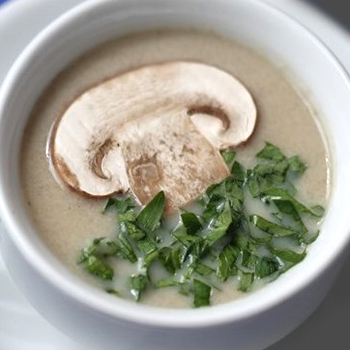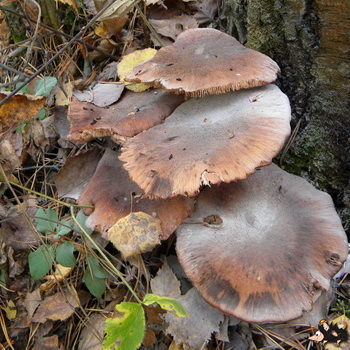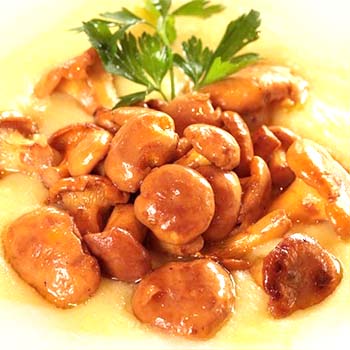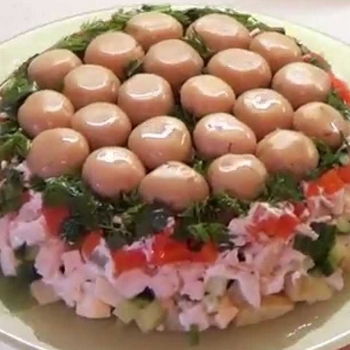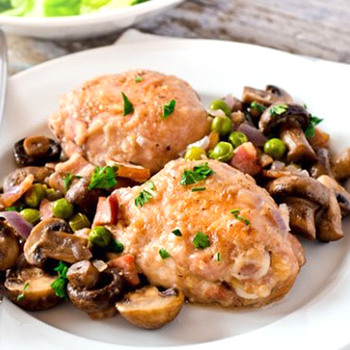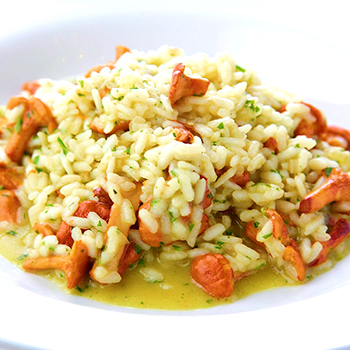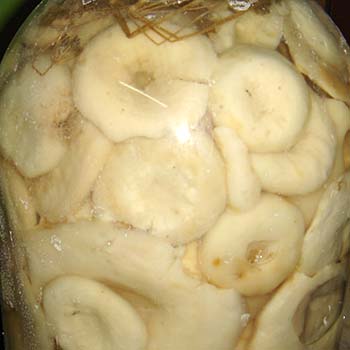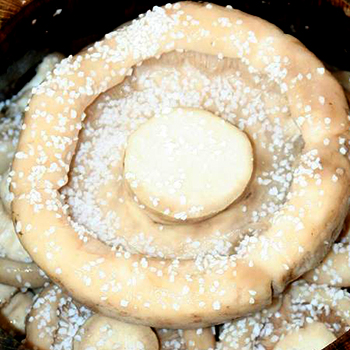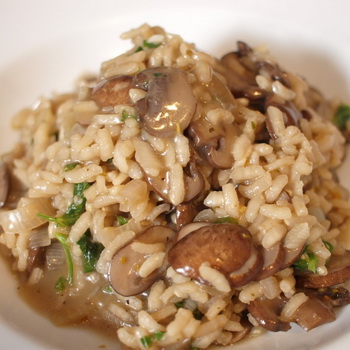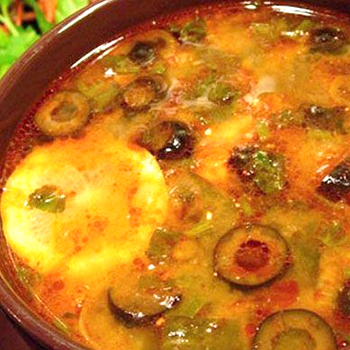Inedible boletus (beautiful) and rooted boletus (stocky)
 Most people believe that boletus mushrooms are exclusively edible mushrooms. However, real mushrooms know that this opinion is wrong: there are several varieties of inedible boletus mushrooms, the use of which is impossible due to strong bitterness. Moreover, the taste of these mushrooms does not get better even after prolonged heat treatment.
Most people believe that boletus mushrooms are exclusively edible mushrooms. However, real mushrooms know that this opinion is wrong: there are several varieties of inedible boletus mushrooms, the use of which is impossible due to strong bitterness. Moreover, the taste of these mushrooms does not get better even after prolonged heat treatment.
Below you will find descriptions and photos of inedible boletus (beautiful and rooting), as well as information about the halo of their distribution.
Boletus is beautiful (inedible)
Category: inedible.
Beautiful boletus cap (Boletus calopus) (diameter 4-13 cm): brown, brown or olive, matte and very dry. In young boletuses it is hemispherical, with age it changes to slightly convex. The edges are usually curved towards the inside. Generally smooth, but may be slightly wrinkled.
Leg (height 4-17 cm): lemon, white or reddish, with pink or red mesh. Usually it is in the form of a cylinder or a small barrel. Very dense, may be pointed at the base.
Pulp: light, cream or white, noticeably blue in the cut.
Tubular layer: lemon or olive green, with rounded pores.
Inedible boletus has a very bitter taste, and the bitterness does not go away even after heat treatment. Because of this, it got its name and is not used in cooking.
Doubles: absent.
When it grows: from late July to mid-October in the southern regions of Russia.


Where can I find: usually on acidic or sandy soils, most often in oak forests, sometimes in conifers.
Eating: not used.
Application in traditional medicine: does not apply.
Other names: boletus is inedible, boletus is beautifully-legged.
Root boletus (stocky)
Category: inedible.


Root boletus hat (Boletus radicans) (diameter 5-25 cm): in the form of a hemisphere, over time it becomes slightly convex and can be covered with small cracks. Smooth to the touch, its pale gray or off-white color makes the rooted boletus look like a satanic ache.
Leg (height 6-14 cm): usually yellow or lemon, less often with a greenish or olive tint. It has a cylindrical shape, covered with a fine and light mesh. The base of the mushroom looks like a small tuber.
Tubular layer: grows tightly to the stem, the color is usually the same as that of the lower part of the mushroom. The pores of the layer are round; when pressed, they acquire a noticeable bluish tint.
Pulp: like the leg, lemon or yellow. When cut, it does not emit a bright smell, but it noticeably turns blue.
Application in traditional medicine: does not apply.
Doubles: edible boletus boletus (Boletus appendiculatus), semi-white mushroom (Boletus impolitus), inedible boletus boletus (Boletus calopus). The girl's boletus has a cone-shaped leg and a cap of a darker color. A semi-white mushroom on the cut smells like carbolic acid and does not change color when the pulp interacts with air. And inedible boletus has a more intensely colored leg.
When it grows: from mid-July to the end of October in almost all countries of southern Europe.


Where can I find: on dry calcareous soils of deciduous forests.
Eating: the mushroom is inedible because of the bitterness, which does not disappear even after strong heat treatment.
Other names for rooted boletus: stocky boletus, rooting boletus, spongy boletus bitter.

